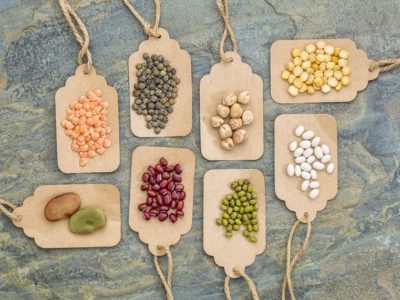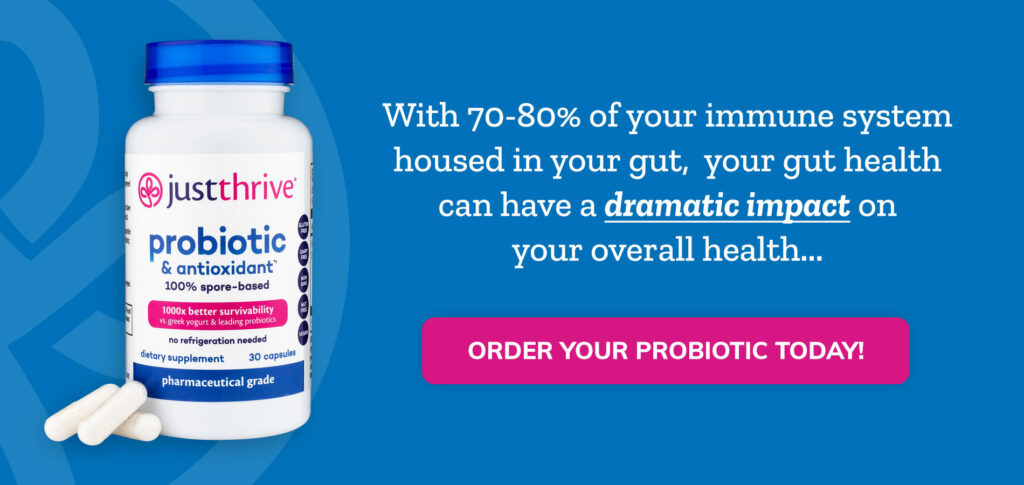There’s nothing like a hearty steak, seasoned chicken breast or a nice salmon fillet to satisfy the belly. How could we ever give those up?
Sad news: We might have to. The 2015 Dietary Guidelines Advisory Committee recommended to the United States Department of Agriculture and the U.S. Department of Health & Human Services to encourage the reduction of meat consumption by Americans.
But don’t fret; there are plenty of protein substitutes that are as satisfying as a piece of steak (or I’d like to think so). Check out our list of protein substitutes, starting with the one with the most protein.
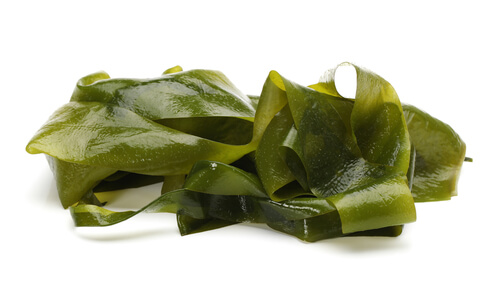
- Algae
Algae is evolving as a new alternative source of protein. According to Beata Klamczynska of Solazyme, algae is comparable to other vegan proteins such as rice and soy, as it contains 63 percent protein and a good amount of fiber and micronutrients, among others. You can find algae in some protein shakes, crackers or bars, cereals and dressings.
“Are consumers ready for algae as an ingredient? Yes, they are ready and excited about algae,” Klamczynska said in a statement. “The more they learn, the more excited they get. Just a little education eliminates any doubts.”
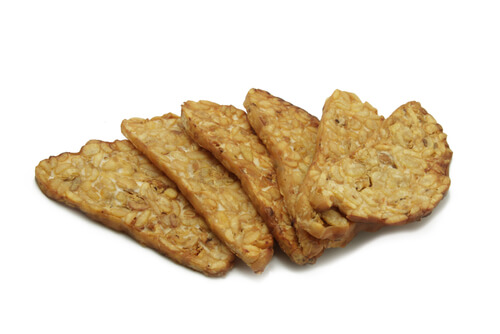
- Tempeh
Not only is tempeh a fermented food packed with probiotics, but it also has a lot of protein, with about 31 grams of protein per cup. Like the above foods, tempeh is also a good source of fiber and vitamins.
It gets better: There is a variety of recipes you can make with tempeh such as pastas, salads and pizza. Check out this zesty list of tempeh recipes.
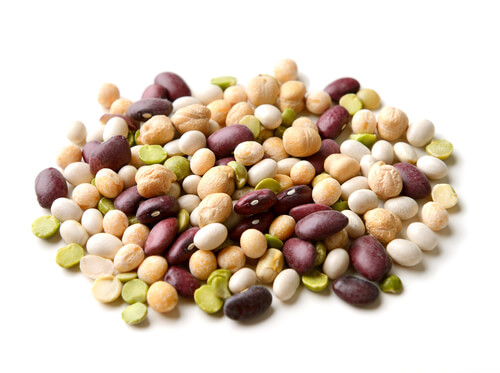
- Legumes
Legumes are also high in protein and good sources of fiber, vitamins and minerals. Legumes contain a huge class of foods, which include a variety of beans, peas and lentils. The amount of protein in legumes varies, but a cup of lentils contains about 17.9 grams of protein, kidney beans contain 16.5 and black beans contain 15.2.
A study also shows that eating more legumes improves glycemic control and lowers the risk of coronary heart disease in patients with type 2 diabetes.
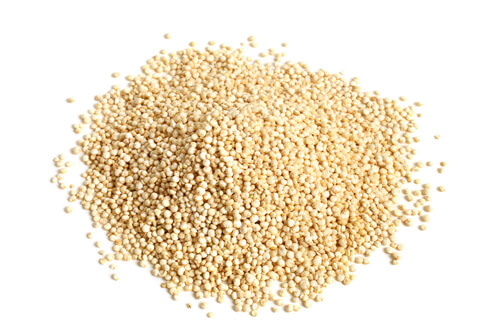
- Quinoa
Quinoa has had a good reputation as a protein alternative, and rightfully so. With 9 grams of protein per cup, the tasty grain serves as a solid ingredient in foods, from salads to desserts.
The fact that quinoa presents a ton of health benefits is a plus. Quinoa is gluten-free and contains iron, B vitamins, potassium, calcium and more. In addition, eating quinoa may help reduce the risk of cardiovascular disease, type 2 diabetes, high blood pressure, colon cancer and obesity.
That’s not all! Research shows that if patients with celiac disease add quinoa to their gluten-free diet, it does not make their condition worse.
“The clinical data suggests that daily consumption of quinoa (50 grams) can be safely tolerated by celiac patients,” said Dr. Victor Zevallos from the Department of Gastroenterology at King’s College London in a statement.
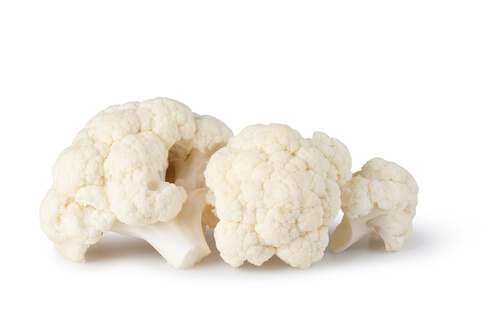
- Cauliflower
Although it doesn’t contain as much protein per cup – a little more than 2 grams – it’s a tasty meat substitute and also contains vitamin C, potassium and phosphorous.
You can also be creative with cauliflower, using it as a main ingredient in pizza and soups.

